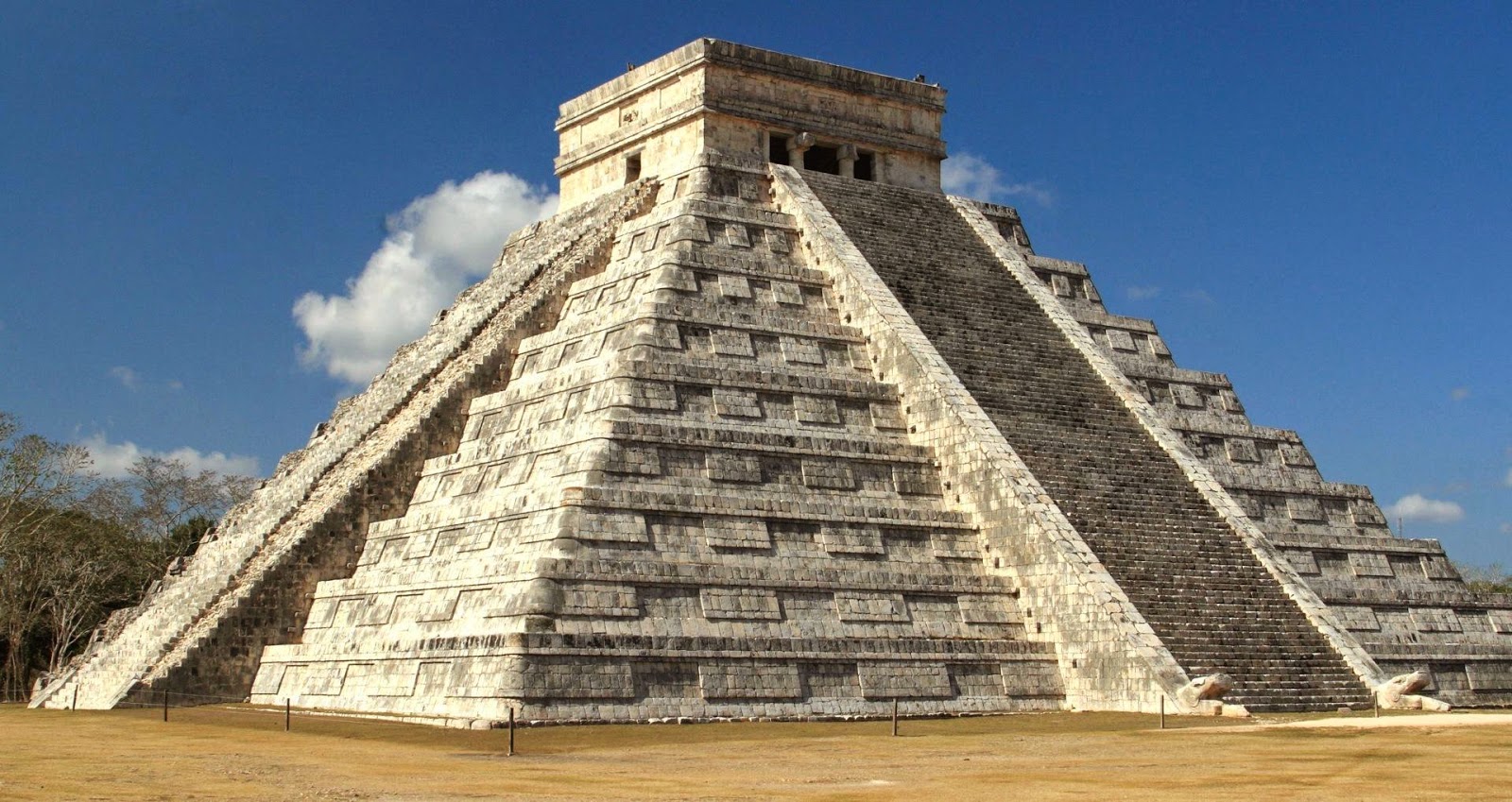

Large-scale excavation at Lamanai began back in 1974, under the leadership of a Canadian archaeologist. That makes it the longest continually occupied site by the ancient Maya.

Now…Lamanai is one of the largest and most prominent archaeological sites in Belize.It was occupied for over 3,000 years.

Early Mayan settlements date back over 3,000 years…and, oh, say, from about 600 to 900 C.E., the civilization was in what’s considered a “golden age” of cultural achievement, what we call the“Classic period.” The period after this, after the Classic period, is called the “Postclassic period.” Now, it’s long been thought that during the Postclassic period, Mayan civilization was in decline.But… we’re continuing to find new evidence that, in certain areas, Mayan civilization flourished right up to the end of the Postclassic period, what we refer to as the“Late Postclassic period.” The Late Postclassic corresponds to the period from the 1200s to the 1500s, right until the arrival of the Spanish in the mid-1500s.A good example of a site which continued to flourish, through the Late Postclassic, is the inland Mayan community of Lamanai, located in what is today the country of Belize in Central America. FEMALE PROFESSOR:Now, as you remember from your reading, the Maya were an ancient civilization which occupied in area corresponding to parts of modern-day Mexico and Central America. The professor has been discussing ancient Mayan civilization. NARRATOR:Listen to part of a lecture in an archaeology class.


 0 kommentar(er)
0 kommentar(er)
